In 1969, Electronic Music Studios released the Voltage Controlled Studio No. 3, or VCS3. This unique and powerful monophonic synthesizer was a world-first due to its small size. While Moog and ARP were putting out massive modular systems, EMS had managed to create a portable synthesizer that could still be called modular—the trick was putting all the modules inside the instrument and using a pin matrix for patching rather than cables and jacks.
Taking the portable concept even further, the company followed up the VCS3 with two new units a few years later. The Synthi A (1971) took the synth out of its L-shaped wooden VCS3 enclosure and put it inside a Spartanite briefcase. The following year, EMS upgraded it to the Synthi AKS, adding a capacitive touchplate keyboard and sequencer to the package. All three were popular: the quirky instruments found their way onto records by space rockers Pink Floyd and Hawkwind and soundtracked many a sci-fi adventure at the hands of the BBC Radiophonic Workshop.
Freaky-Deaky
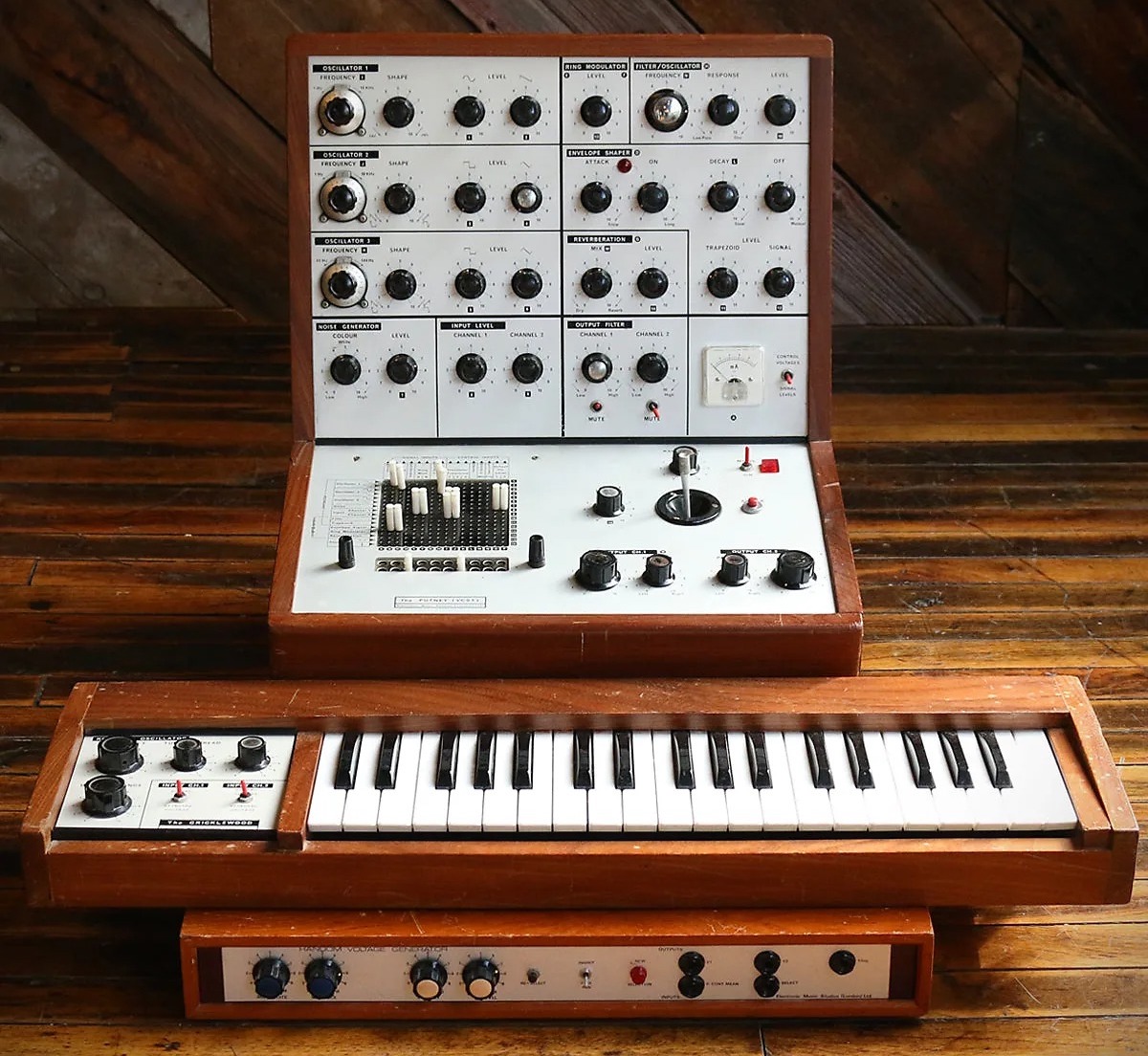
What makes the VCS3, Synthi A and Synthi AKS so desirable, aside from the fact that they’re rare and look super cool? The signal path seems standard enough: two oscillators and a third for LFO duties, a noise generator, a low-pass filter, an envelope generator, and a spring reverb for effects.
However, the output is very much more than the sum of its parts. The filter, for one, is extremely quirky, with Sound On Sound magazine describing it as exhibiting “a 'knee' in its cutoff profile; the first octave above the cutoff frequency rolls off at 12dB/octave, but the slope increases to 18dB/octave at frequencies above that.”
The envelope generator is like something a mad scientist might dream up, with Attack, On, Decay Rate, and Off envelope stages. Oh, and it loops. Additionally, the Trapezoid generator adds additional attack/hold/decay-style contour to the output level. There’s more, of course, much more, including audio in (as made famous by Brian Eno in Roxy Music), the almost endless patching possibilities offered by the matrix, and a singular ability to stay spectacularly out of tune—hence its popularity as a freaky-deaky sound effects generator.
You can understand how 53 years later EMS’s unique synths would be high on the want lists of synthesizer players and collectors. Add this to a relatively small initial run and a steady decline in the number of extant machines, and it’s no wonder that prices have continued to climb. If you can find one, expect to pay above $20,000 in some cases. Very few of us have that kind of expendable cash, so what are the alternatives?
Lack Of The Clones
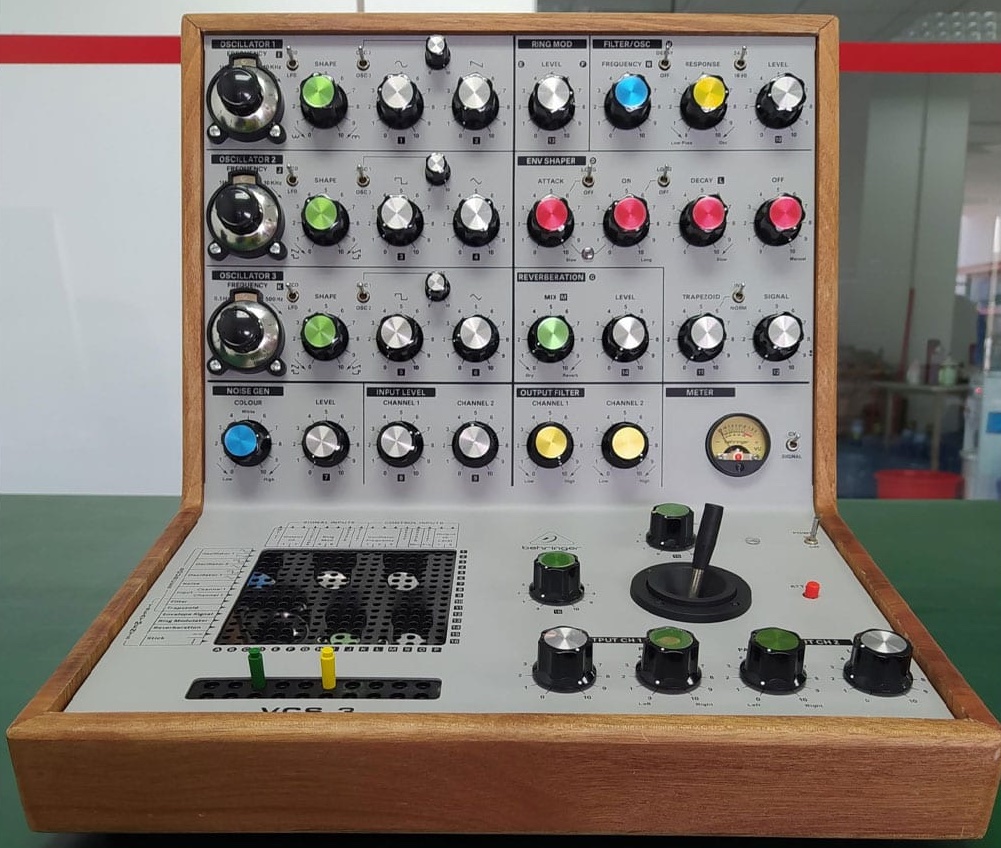
While a number of other high profile synths from the ‘70s have been cloned—from the Minimoog to ARP 2600—EMS’s famous synths have so far proven to be relatively clone-proof, a few limited runs by dedicated synth tinkerers aside. Although Behringer once promised us a full VCS3 clone and AKS Mini instrument, neither has materialized yet.
Erica Synths
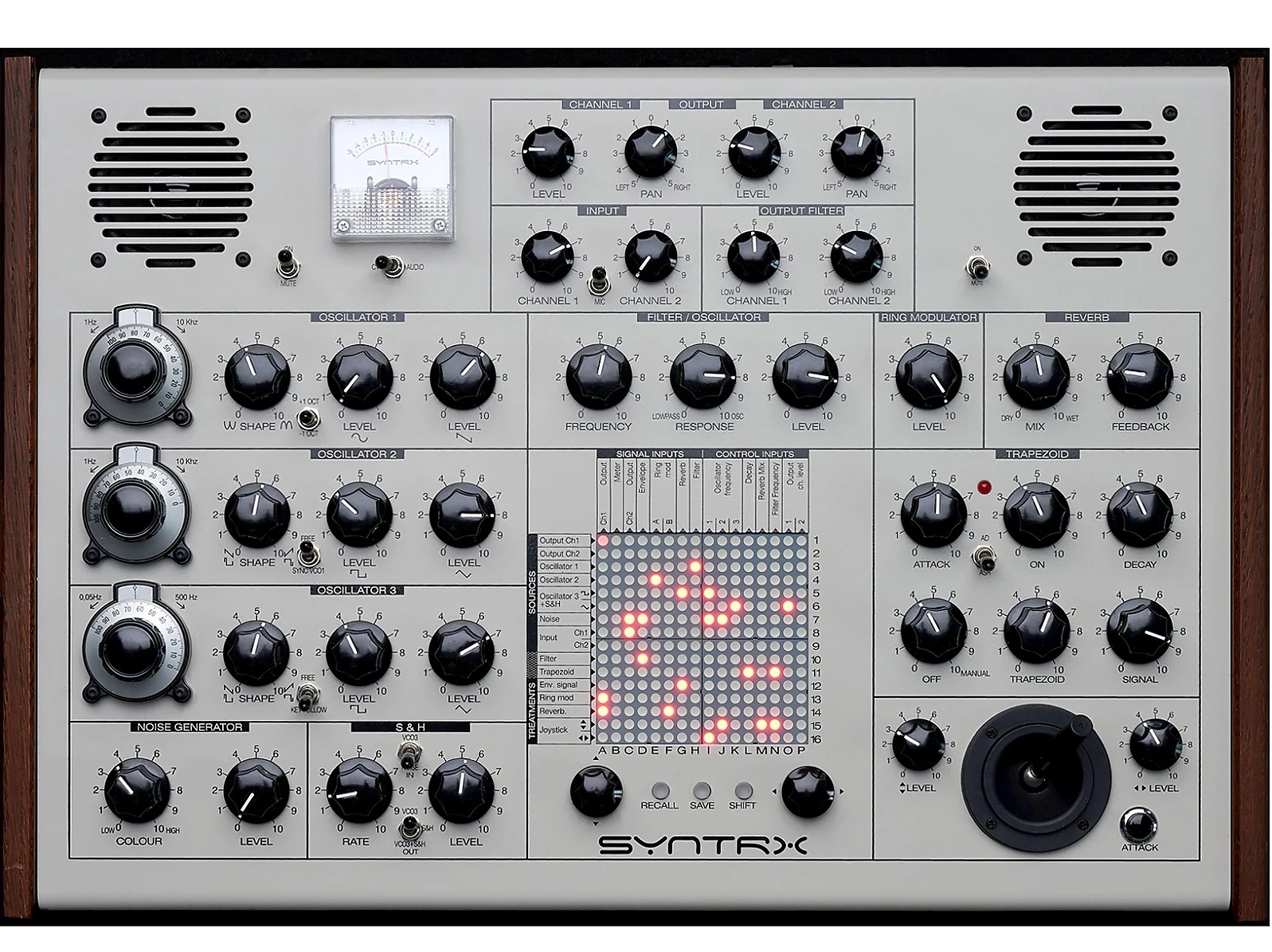
The closest you can get to a clone of the Synthi AKS right now is Erica Synth’s Syntrx. Approved by EMS co-founder Peter Zinovieff, the Syntrx is less a copy of a Synthi and more of a descendent. From the three oscillators to resonant VCF to an unusual looping envelope generator, it’s all here. It even includes a control joystick, spring reverb tank, onboard speakers, and of course patching matrix but now with modern LEDs rather than pins. Erica Synths have also added CV/MIDI connectivity and patch memory. The company also announced earlier this year that they’re discontinuing the original Syntrx and replacing it with the Syntrx II, which loses the spring reverb and tuning knobs and adds DSP effects and sequencer functionality to the matrix.
While the signal path and synthesis options are definitely Synthi-inspired, the internal circuits are not, meaning that the Syntrx doesn’t sound like an EMS instrument. If you’re after the experimental Synthi experience, though, Erica’s reimagining is probably your best bet as of today.
Another Erica product worth mentioning is their Desktop Matrix Mixer. Taking the EMS matrix idea and running with it, the Matrix Mixer is a 16 by 16 LED patch bay that allows you to route and mix signals from Eurorack and other external gear. With patch memory and MIDI program change functionality, it brings the modular patching concept to the entire studio.
Analogue Solutions
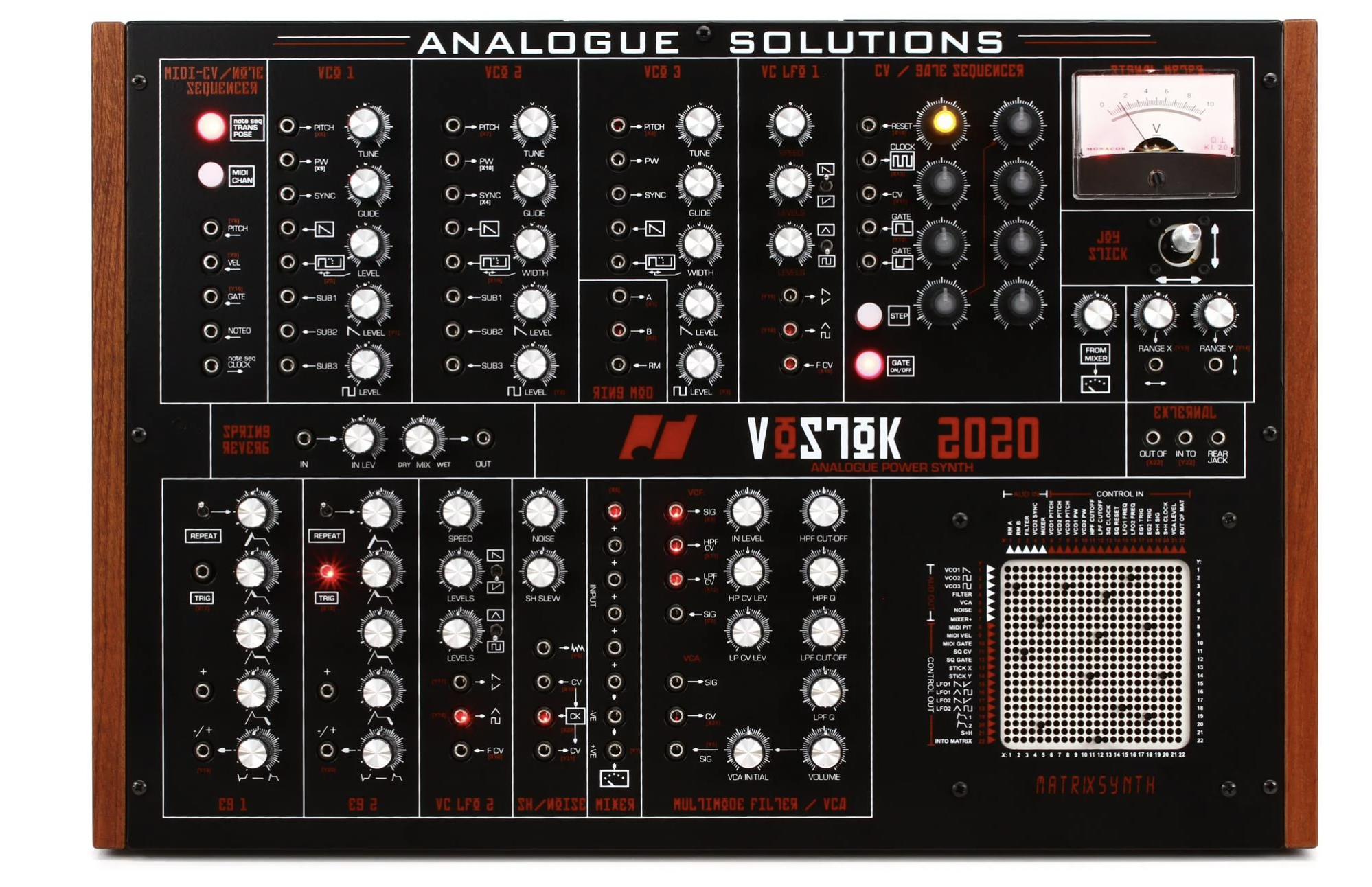
Another company that could be said to be carrying on the work of EMS would be the UK’s Analogue Solutions. One look at Colossus—their massive tribute to the fabulously rare EMS Synthi 100—and you know where you stand. The Colossus is quite expensive in its own right—it's among one of the top five most expensive synths to sell on Reverb. For those looking for a synth that is nearly several thousand dollars with a traditional pin matrix (but not necessarily an EMS sound), try their Vostok synthesizers. Now up to version four, the Vostok 2020 has a number of EMS-like analog features such as three oscillators, two LFOs, two loopable envelope generators, spring reverb and a joystick controller all connected by a lovely pin matrix. As with the Syntrx, it doesn’t actually sound like a VCS3 or Synthi but hey, it’s Analogue Solutions—you know it sounds good anyway.
Modular Options
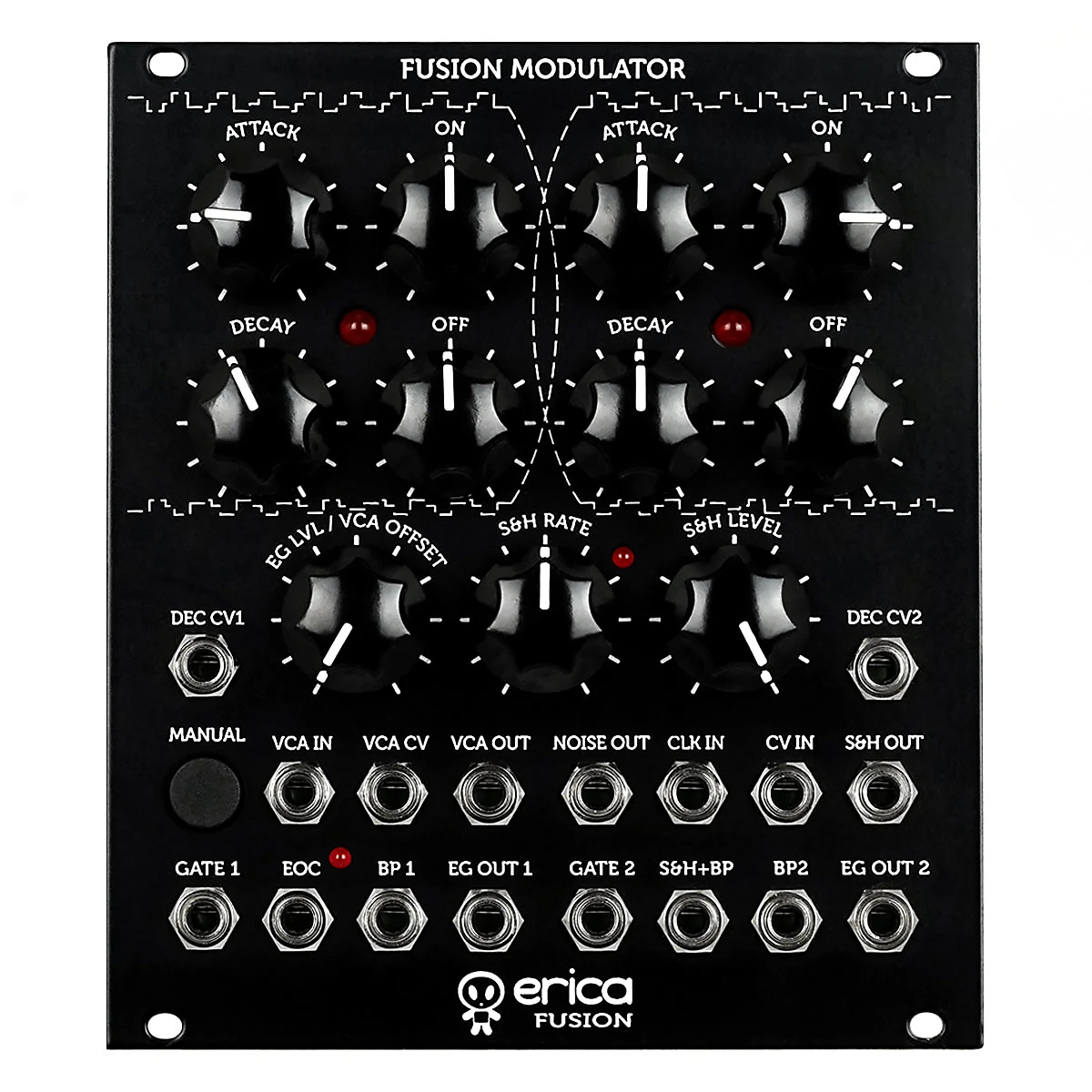
Given that the VCS3 and Synthi instruments are actually modular instruments—there are no normalled paths on either—it makes sense that the EMS spirit would continue in modern Eurorack modules.
Erica's Fusion Modulator combines two Synthi-inspired looping envelope generators with Attack, On, Decay and Off time control stages with a VCA, a noise generator, and sample and hold circuits.
Analogue Systems has a number of EMS-inspired modules. In the words of the company, the RS-95N Oscillator features a “British-sounding VCO.” The tuning dial is reminiscent of EMS-style dials as well. The RS-500N Synthifilter is a “genuine EMS filter” and can be switched between pre- and post-1974 filter types. The module is made under license from EMS and was designed by EMS engineer Steve Day. Analogue Systems’ RS-510N Synthishaper puts the EMS trapezoid generator in an officially-licensed Eurorack module. Keep an eye out for previous iterations of all of these modules with slightly different model names as well.
Although not officially licensed, STG Soundlabs’ Sea Devils Filter claims to be a replica of the lowpass filter from the Synthi. Another filter is the Yusynth EMS VCS3 Filter, a DIY kit module that may turn up in listings.
EMS Meets Buchla
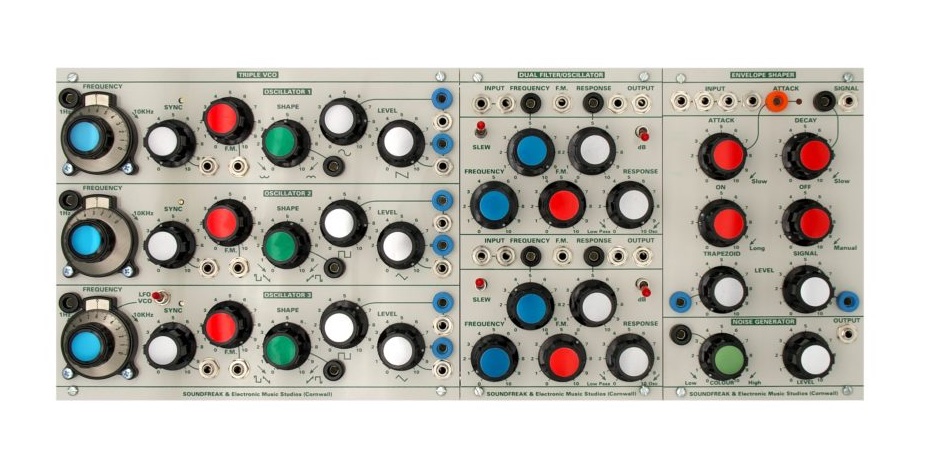
Buchla system owners need not feel left out: Soundfreak Modular is now making three Buchla-format modules that recreate various circuits from EMS’s famous instruments, including a Triple Oscillator module, Dual Filter/Oscillator pairing, and Envelope Shaper/Noise Generator unit. These are premium products, though, with premium prices to match.
Soundfreak Modular is run by Alina Kalancea, who is also behind Digitana, a company that makes expanders for EMS instruments. Although very boutique, the company’s SX-1 Stand Alone Expander places a number of EMS modules into a single box and will work independent of a VCS3 or Synthi. It was made in collaboration with electronic music group Future Sound Of London.
Software Options
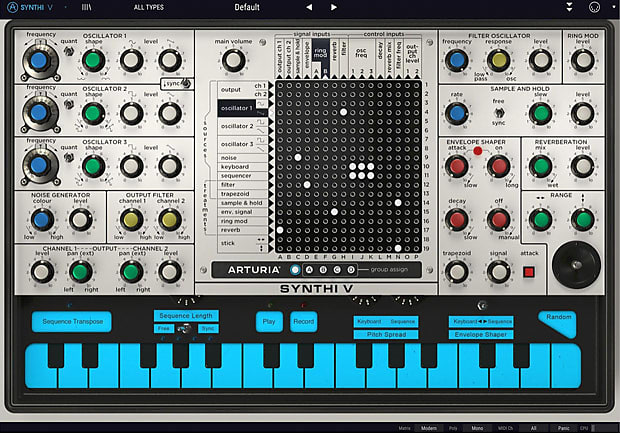
As with most classic synths, the EMS VCS3 and Synthi have been reborn in various software guises. Arturia’s Synthi V puts the 1972 AKS into your computer and adds some useful extras, like polyphony and syncable multi-point envelopes and LFOs. While the now discontinued XILS 3 from XILS Lab was a digital emulation of a VCS3, XILS 4 ups the ante considerably by recreating the prototype-only VCS4, which featured two VCS3 units and a keyboard. Finally, iPad users should check out iVCS3, an official VCS3 emulation, by apeSoft.
